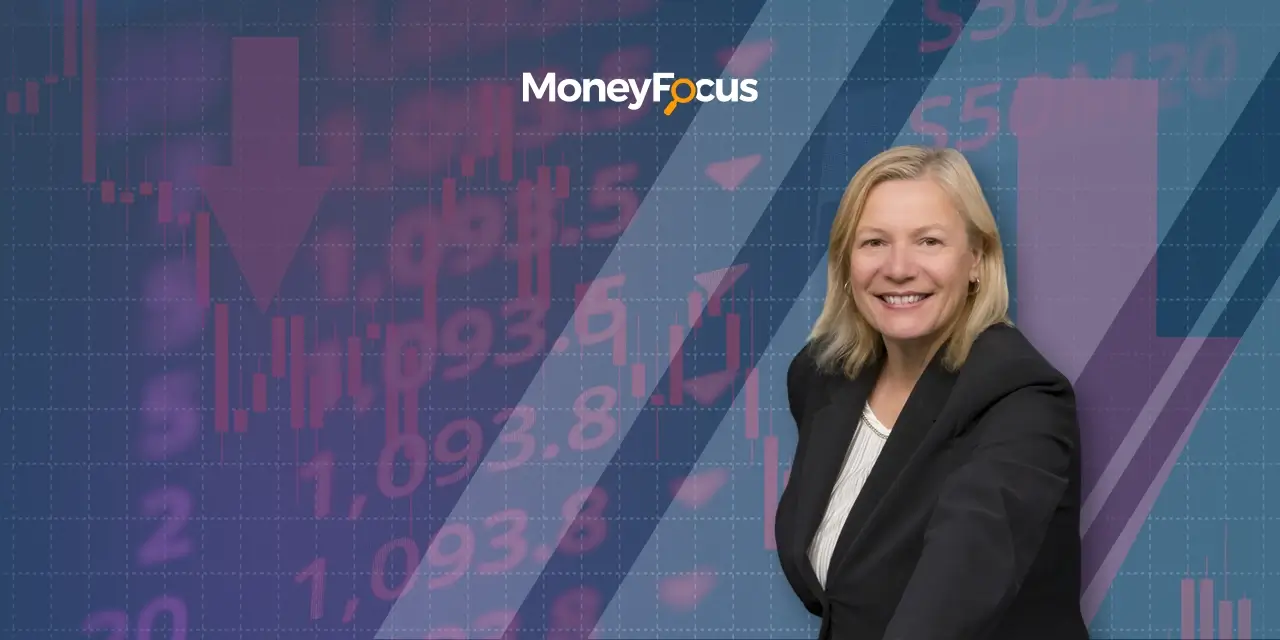By James Learmonth, CFA
The technology sector has a reputation among investors. Tech companies are known for their significant growth potential but they’re also perceived sometimes as growing without underlying profitability. In a sector defined by innovation, many tech stocks have skyrocketed in value while their profits stayed muted. That’s largely because investors were drawn to the promise of a technology, rather than business fundamentals.
That strategy has proven itself to be both high risk and high reward for investors. Some of those companies with promising tech went on to become market leaders and enter periods of strong profitability. Other companies have failed to live up to their hype. Whatever the outcome, however, these notable boom and bust stories of tech investment have gone on to create a bias among some investors, who perceive tech stocks as driven by hype—not profitability.
However, not all tech stocks behave the same. Many of the sector’s large and well established companies have moved beyond hype into profit-driven performance.
The business fundamentals of large-cap technology stocks
In 2023, when we say large-capitalization (large-cap) technology stocks, we mean companies with scale in excess of some countries’ GDPs. These are companies like Microsoft and Apple which post quarterly profits in the region of $20 billion, from vast global lines of business. One could argue these companies are the modern definition of well established businesses.
Dividends are another key indicator of an established business. While an early-stage growth company may reinvest profits to drive future growth, companies with more established positions and dominant market shares tend to pay out some of their profits as dividends to shareholders, and raise those dividends as they grow their profits.
The below graph shows the total annual dividends paid by technology companies included in the S&P 500 between 2010 and 2022. Inclusion in the S&P 500 index means these companies are among the 500 largest by market-cap listed on US stock exchanges. It clearly shows a consistent rate of growth in dividends as these companies have become steadily more profitable.
Total Annual Dividends Paid by S&P 500 Technology Companies
Total Annual Dividends Paid by S&P 500 Technology Companies
Does rapid growth of a tech stock mean weak fundamentals?
Some of what makes the technology sector attractive sector for many investors today is its combination of strong businesses with rapid growth potential. That growth potential is largely tied to innovation. Tech companies innovate, develop new products, and capture new markets with their technology. Even though these large-cap tech companies have stronger business fundamentals and profitability than a purely innovation-driven tech company, they can also capture upside from a major innovative trend.
They can do so in one of three ways: by innovating those technologies themselves, by acquiring smaller companies with innovative technologies, or by providing key components of an innovative technology. Put simply, just because a tech stock has grown rapidly, does not mean it can’t also demonstrate solid profitability.
We believe the case of Nvidia demonstrates this point.
Nvidia stock, hype or fundamentals?
The recent example of Nvidia demonstrates how a large-cap tech company can grow thanks to innovation, while retaining its strong business fundamentals. The semiconductor company saw its stock shoot up in value in late May of 2023 after reporting a strong Q3 earnings forecast.
That forecast showed a huge spike in orders for their semiconductors from other big tech companies building artificial intelligence (AI) platforms. Nvidia semiconductors are a market leader for AI, and a key component in many AI technologies.
Much of the reporting about AI so far has fallen into the “hype” trope – discussing investors’ interest in this potentially world-changing technology as a focus on promise, not profitability. However, Nvidia’s price-to-earnings (P/E) ratio tells a different story.
The P/E ratio is a way of measuring the value of a stock by comparing a company’s stock price with its earnings per share. Before Nvidia released its Q3 forecast and reported Q2 earnings in late May, the company was trading at a P/E of 65x – meaning its stock value was roughly 65 times its earnings per share.
The day after Nvidia announced their Q3 forecast, after their stock price had already shot up, their P/E ratio actually fell to around 45x. Sure, investors were attracted by the hype around AI, but they also saw a company with improving valuations thanks to stronger earnings, a stronger forecast, and stronger profitability.
The Nvidia story highlights so much of what we see as the promise of large-cap established technology stocks: high growth potential tied to strong business fundamentals.
A Tech ETF for large-cap leaders
We look closely at the business fundamentals of the tech stocks we include in the Harvest Tech Achievers Growth & Income ETF (HTA:TSX). This ETF holds a portfolio of 20 large-cap tech stocks, screened through a wide range of quantitative metrics to ensure adequate market share, histories of profitability, and future growth potential. We actively select those stocks to provide appropriate diversification between tech’s many subsectors such as software, semiconductors, and devices.
HTA also includes an income component which we believe complements both the established nature of the businesses in its portfolio, and the growth prospects of the tech sector as a whole. HTA’s income is generated through an active and flexible covered call option strategy.
That strategy can benefit from the tech sector’s tendency towards greater volatility, as the options premiums paid to the ETF are actually higher during more volatile periods. As well, the income paid by this ETF can help investors weather volatile periods by offsetting some potential losses through monthly cash distributions.
While the tech sector is still often perceived as driven by “hype” the sector has a significant number of established businesses with strong fundamentals. The HTA ETF focuses on those established businesses, capturing the sector’s growth tailwinds and delivering high monthly income for unitholders.
How HTA delivers AI exposure
Put simply, HTA is delivering AI exposure to its unitholders through its portfolio of large-cap tech companies. Many of those companies have established themselves as the leaders of the generative AI race so far. Moreover, because the portfolio holds a broadly diversified array of subsectors, HTA is exposed to many of the software and hardware demand trends related to AI. Finally, by including an income component, HTA can help offset or even monetize the volatility we see from time to time in tech, allowing investors to retain their exposure to AI and other major tech trends while providing a consistent monthly return in the form of income.











